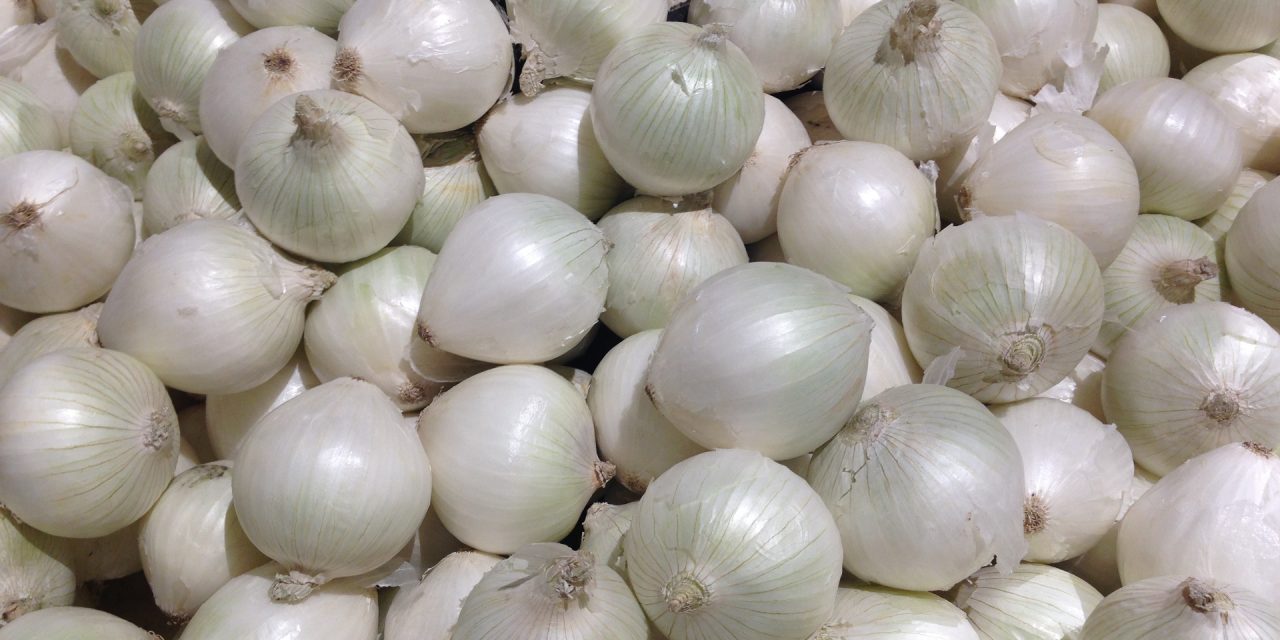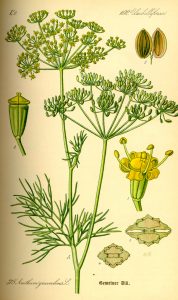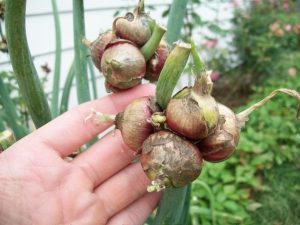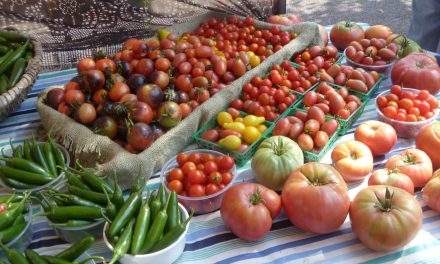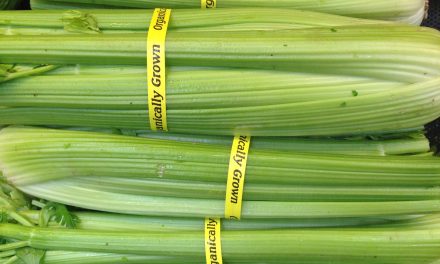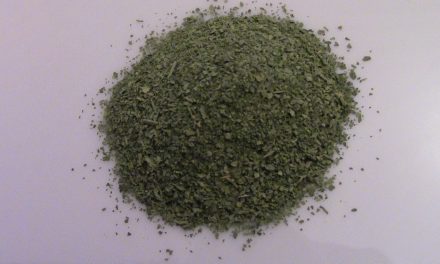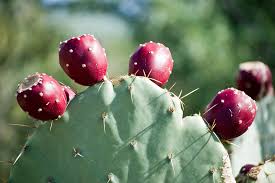Humans love onions. And onions love us.
They are one of the world’s earliest domesticated crops. Nine million acres are devoted annually to growing this staple crop. They are also one of the most consumed foods in the world. Americans eat an average of 18 pounds of onions per person per year.
Why do we love them so much? They are tasty, yes. It may not be obvious when eating them, but sugar is one of the main compounds present. During the cooking process that sweetness rises to the top and creates “caramelization.”
Here are some interesting facts about onions:
- They are dense with nutrients, and sulfur. (That’s the stuff that makes you cry when you cut them.)
- They have beautiful blossoms and are easy to grow.
- They take to almost any kind of soil and temperature.
- There are over 500 varieties known to us, and none are thought to be left in the wild.
- Most onions grow in the ground and send roots out, however, there is the type of that grows from the top (Egyptian)
- There are a limited number of people who do not consume this odorous vegetable, and this includes a religious sect in India, the Jains.
Onion Origin
These tasty bulbs have been domesticated for over 5,000 years. Most likely they were originally from Iran and western Pakistan. Evidence points to ancient Egyptians being the first cultivators of this crop. They are referenced in some of the oldest Vedic writings in India. When the pilgrims landed on Plymouth Rock in the New World they found Native Americans harvesting wild onions for consumption. This was the first crop planted by English settlers in America.
Onion Lore
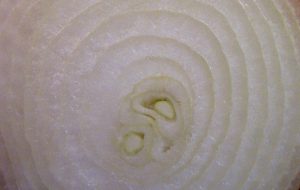 Concentric rings of an onion were a symbol of eternity to the ancient Egyptians. They are a common motif in Egyptian hieroglyphs and in later Egyptian writing. Mummies have been found with this root vegetable placed over their eyes. The vegetable held a prominent place in the tombs.
Concentric rings of an onion were a symbol of eternity to the ancient Egyptians. They are a common motif in Egyptian hieroglyphs and in later Egyptian writing. Mummies have been found with this root vegetable placed over their eyes. The vegetable held a prominent place in the tombs.
The juice was rubbed all over ancient Greek athletes and Roman gladiators. It was thought to help in joint support and to guard against bruising and abrasions. Onions were reported to have antiseptic properties, so if a competitor or combatant were injured, the oil would help stave off infection.
Medicinal Uses of Onions
For ages, people believed onions could cure vision, induce sleep, and heal mouth sores. Hippocrates, the Greek philosopher and healer, attributed them with diuretic properties. They were thought to be good for the heart and the joints. Modern science is catching up to the ancient beliefs through scientific studies, and is starting to prove that, yes, this particular vegetable is good for humans.
Cooking with Onions
In kitchens we use the common brown or Spanish onion, vidalia, shallots, scallions, and red onions. There are so many other types that aren’t used in American cooking. Garlic is a cousin, and when paired together these two create a complex base flavor in food. In my culinary career, I have sliced and diced untold pounds, usually crying as the sulfur released assaulted my tear ducts.
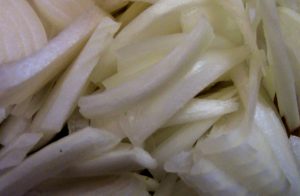 How many ways are there to cook this ancient and relevant vegetable?
How many ways are there to cook this ancient and relevant vegetable?
- sweating
- sautéing
- boiling
- broiling
- grilling
- roasting, and
- Everyone’s favorite: frying.
Many varieties are also eaten raw: sliced as a burger topping, diced as a topping for tacos, soups, and other great foods. When I first learned to cook professionally, I worked in a deli where we used both raw and pickled onions on sandwiches. I worked in a pizza joint and they were one of the most popular toppings. They are also base flavor in pizza sauce. Later, when I was working in Mexican food places learning to make salsa, one of the key ingredients was, you guessed it, onions. We even chopped up grilled scallions and used them as taco toppings and burrito fillings. As a sauté chef in a high end restaurant this flavor-filled bulb went into every stock and every soup I made. I was responsible for creating the classic French Onion Soup that was served every evening. The heart of Creole cooking combines celery, sweet peppers and onions (the holy trinity). In French cooking this mirapoix consists of onions, celery and carrots and makes up the base of all great soups and stocks.
Charts of the many different varieties hang in prevalent positions in kitchens, reminding us that onions are the heart and the center of modern cookery. Recently I was about to embark on culinary escapades in the Kitchen Shaman Test Kitchen and looked into my root veg bowl. Zip, zero, nada. I did not panic, but was not up to a trip to the market so I held off on cooking for that day. That’s how important this base flavor is in the cuisine I cook.
I don’t think I can imagine cooking without onions. It’s a pretty impossible concept. One of the things I don’t miss about cooking at a commercial level is having to slice and dice a case of the odoriferous vegetable every day for banquet food. And I don’t miss the acidic comments, “Why are you crying, Chef?”
Tell us how you use onions in the comments below. We love stories about cooking adventures.

